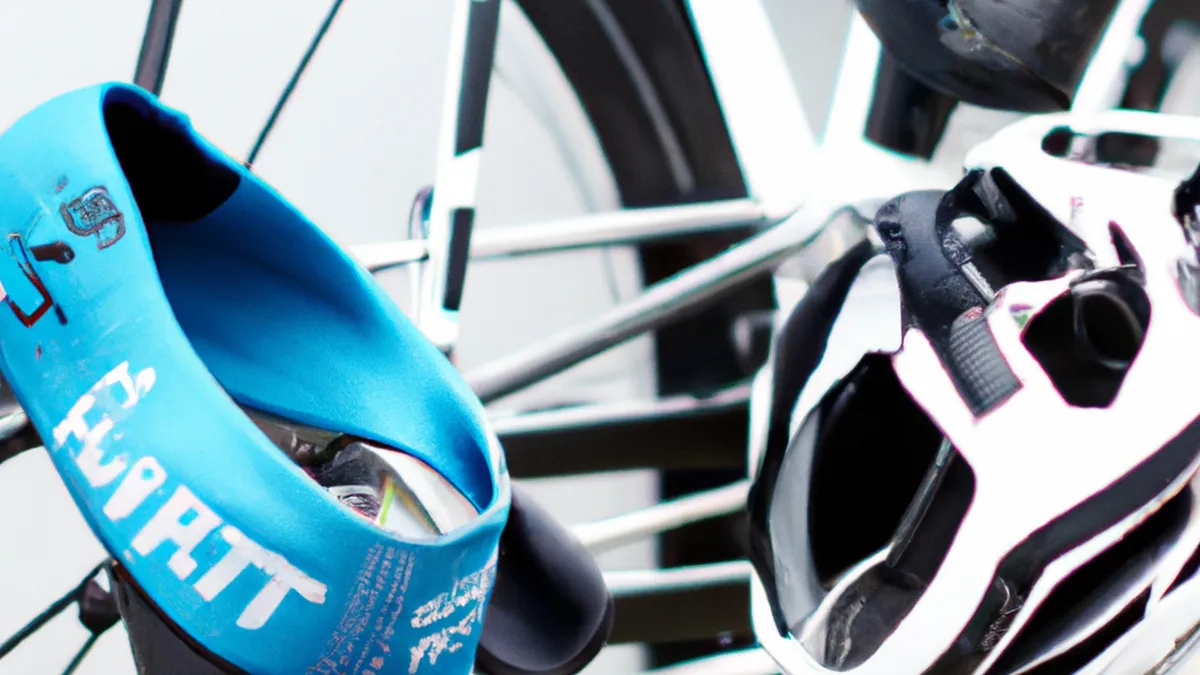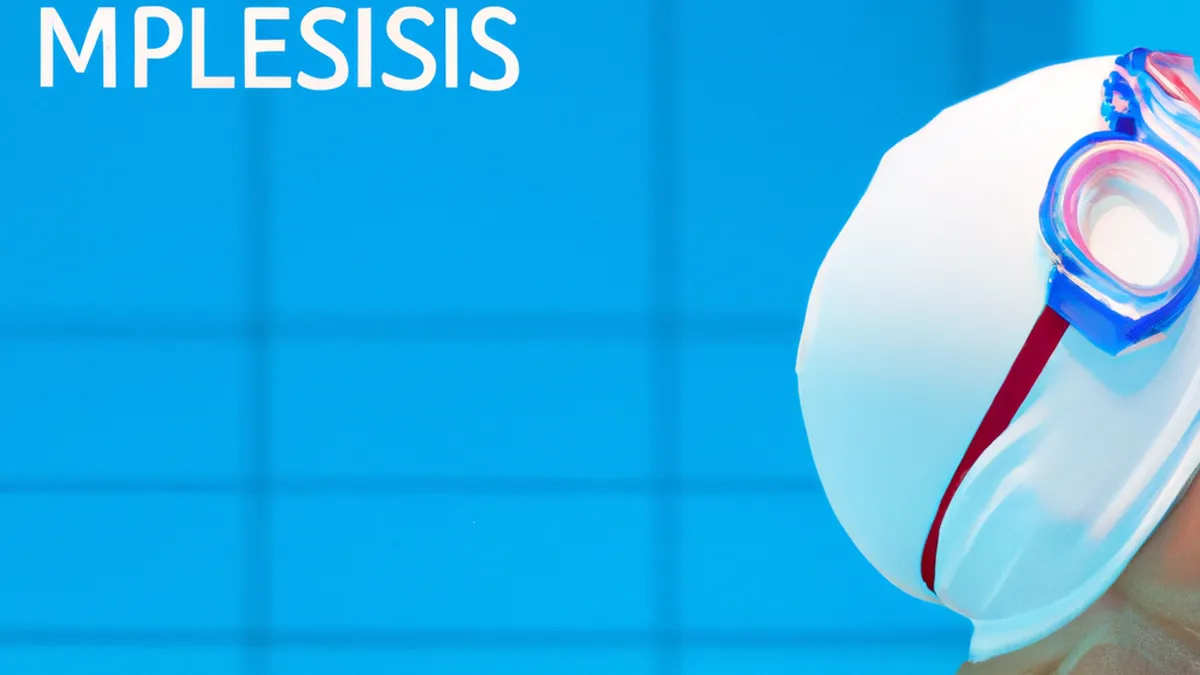Simplify Your Game with Transition Strategies
Transition Exercises for Smooth ShiftsTransitions can feel overwhelming in today’s fast-paced world. Changing jobs, moving cities, or adjusting routines requires effective management. Transition exercises help you navigate changes smoothly. These exercises prepare your mind and body for new experiences.
Understanding Transition Exercises
Transition exercises enhance mental and physical readiness. They help you adapt to new situations while reducing stress. You can practice these exercises alone or in a group. The goal is to create stability amidst change.
Mental Preparation
Mental preparation plays a vital role in transitions. It shapes how you respond to change. Consider these strategies:1. **Mindfulness Meditation**: Spend a few minutes daily focusing on your breath. This practice calms your mind and enhances clarity. Mindfulness encourages present-moment awareness, allowing balanced responses to changes. Observing thoughts without judgment proves especially useful during uncertainty.2. **Visualization Techniques**: Imagine successful outcomes for your transition. Visualize thriving in your new situation, whether it’s a job, city, or lifestyle change. This exercise boosts confidence and reduces anxiety. Picturing success creates a mental blueprint to guide your actions.3. **Journaling**: Write down your thoughts and feelings about the transition. Journaling offers an emotional outlet and a safe space for reflection. You can track progress and identify challenges. Reviewing entries reveals patterns in your thoughts and emotional responses.
Physical Activities
Physical activities support your transition process. They relieve stress and enhance overall well-being. Here are some effective exercises:1. **Yoga**: Practicing yoga promotes flexibility and relaxation. It fosters mindfulness and helps connect with your body. Regular sessions enhance resilience during transitions, creating calmness. Physical postures release tension, allowing clearer minds.2. **Walking**: Daily walks can clear your mind. Walking outdoors engages you with nature and offers fresh perspectives. It serves as active meditation, focusing on surroundings and releasing intrusive thoughts. This simple activity boosts mood and mental clarity.3. **Stretching**: Incorporate stretching into your daily routine. Stretching releases muscle tension and prepares your body for new experiences. Physical tension often mirrors emotional stress; stretching alleviates both. It also promotes circulation, energizing you during change.
Tips for Smooth Transitions
As an Amazon Associate I earn from qualifying purchases.
Gear tip: consider triathlon wetsuit, race bib belt, and elastic laces to support this topic.
To make transitions smoother, remember these tips:
Conclusion
In summary, transition exercises enhance mental and physical readiness, helping you navigate changes effectively.
Below are related products based on this post:
FAQ
What are transition exercises?
Transition exercises are techniques designed to enhance mental and physical readiness for changes in life. They help individuals adapt to new situations while managing stress effectively. These exercises can be practiced alone or in groups to create stability amidst change.
How can mindfulness meditation help during transitions?
Mindfulness meditation aids in calming the mind and enhancing clarity during transitions. By focusing on the breath, individuals can develop present-moment awareness, which allows for balanced responses to changes. This practice is particularly beneficial in reducing anxiety during uncertain times.
What role do physical activities play in managing transitions?
Physical activities, such as yoga, walking, and stretching, support the transition process by relieving stress and promoting overall well-being. These activities help individuals connect with their bodies, clear their minds, and alleviate both physical and emotional tension. Engaging in regular physical exercise can enhance resilience during times of change.















Post Comment